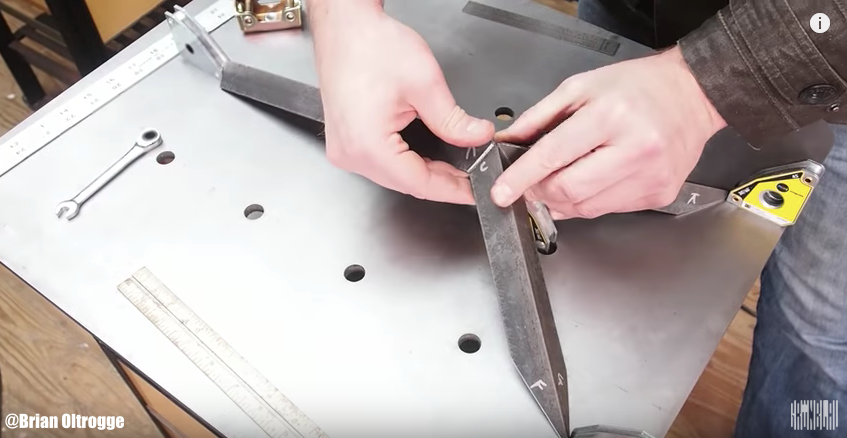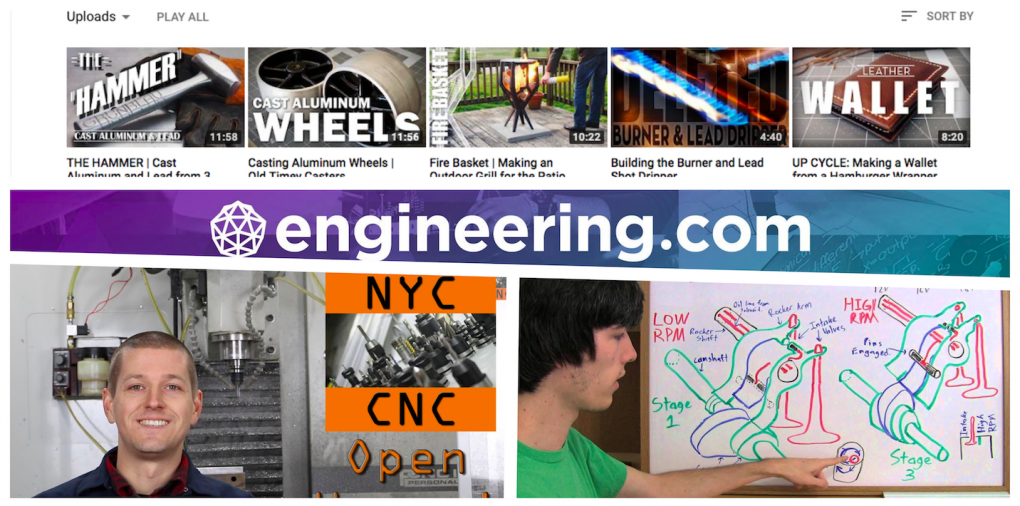It is Match Made in Heaven.

How do creators of science, technology, engineering, and math content hold their own amid all the fun, fame, and flash of the YouTube community? Pretty well, says Angela Y. Lin, YouTube’s head of family and learning for North America.
“Viewers have a variety of interests, so science creators don’t need to compete with other types of content because there’s a place for it all to thrive.”
Focus on Engineering
Engineering-related shows on YouTube span a wide spectrum of formats, production values, and target audiences.
For example, John Saunders (NYC CNC) is creating instructional CAD, CAM, Machining & Arduino Videos, Engineering.com, features news and commentary on current topics. A number of sites focus on simplified explanations of engineering concepts. Examples include Learn Engineering, Real Engineering, Engineerguy, and Explore Engineering.
The most popular channels touch on engineering as part of their broader coverage of science and technology. CrashCourse, for example, is a producing miniseries taking an in-depth look at the principles and practicalities of engineering as a discipline and as a profession.
They focused discussions on the main branches of civil, mechanical, electrical, and chemical engineering. With funding from YouTube in association with PBS Digital Studies, CrashCourse boasts nearly 8 million subscribers. Channels like SciShow, TED-Ed, and It’s Okay to be Smart use a similarly broad brush to bring science and engineering to life for younger viewers.
“We’ve worked hard to build great partnerships with YouTube and creators in the learning community,” Lin says. “It’s amazing to see the impact these partnerships have had on learners all over the world. I can’t even count how many times someone has come up to me to tell me how much they love these channels or how one of these channels influenced their interest in a particular topic.”
The YouTube environment lends itself well to engaging viewers in content that may otherwise be intimidating. The beauty of YouTube is that it’s easy to start from a point of relatability with the viewer, where not knowing is kind of the way in,” Lin says.
“People tend to be really uncomfortable with scientists not having a 100% clear answer, but YouTube enables the hosts to explore and learn alongside their viewers, and to reach people in a more authentic way”.






























Discussion about this post